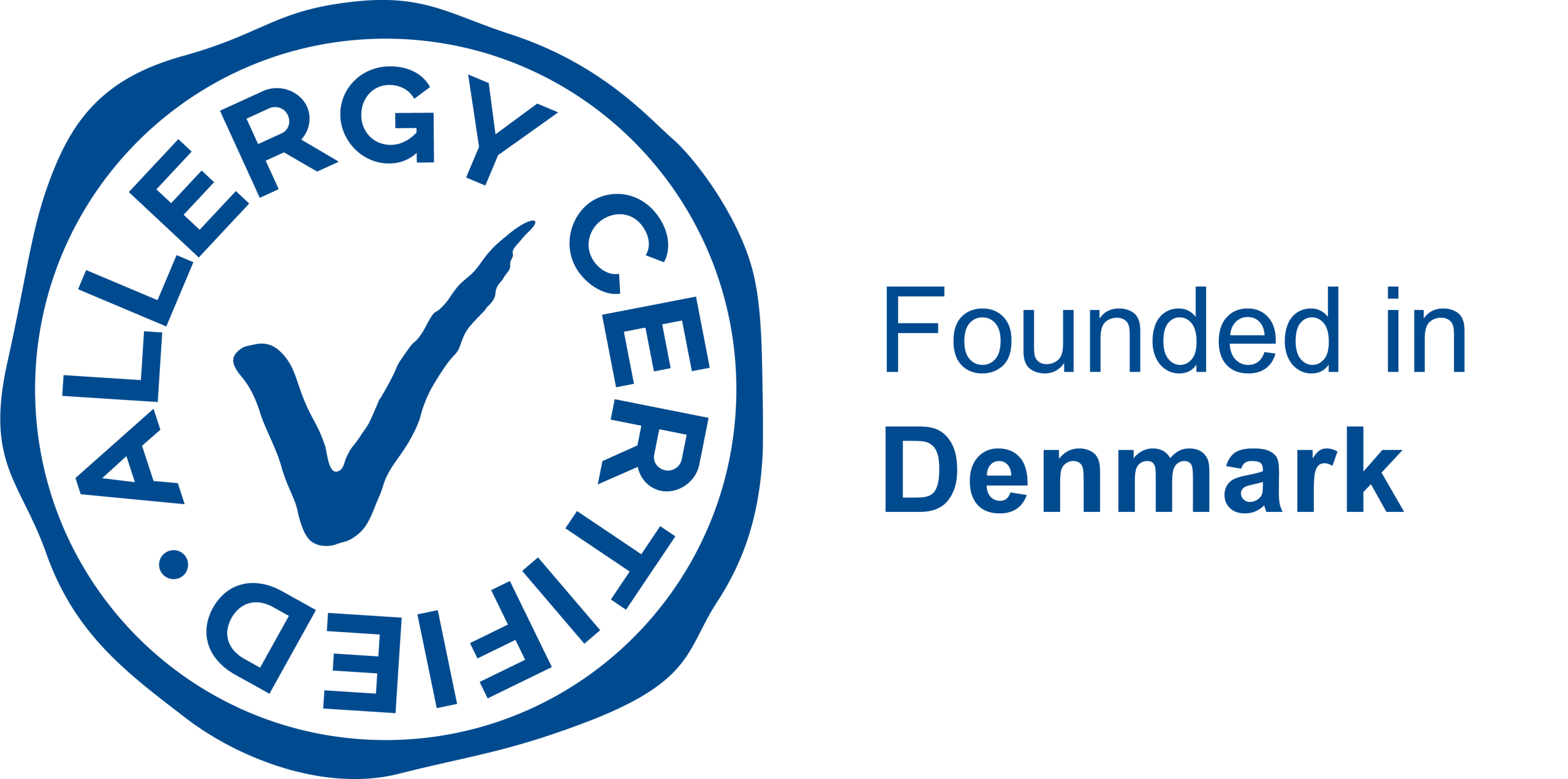Ethylhexyl Salicylate – Chemical of the month
What is it?
Ethylhexyl salicylate is a UV-filter which protects against UVB rays. It is regulated by EU and FDA (USA) to be used up to 5 % in cosmetic products such as sunscreen.
So, what is the problem?
Beside their abilities to protect us from sunburn, UV-filters can sometimes have some side-effects such as causing phototoxic allergy (allergy when you are exposed to UV-light) and endocrine disrupting effects.
In 2005 an in-vitro study (study on not living organisms such as yeast cells – test tubes, etc.) showed weak endocrine disrupting effects, but in the study it was concluded that in order to confirm if the UV-filters have estrogenic or antagonistic effects, you are required to make in-vivo testing (testing on living organisms).
What do the experts say?
In 2007 The Scientific Committee on Cosmetics and Consumer Products made an opinion on the UV-filter and found that Ethylhexyl salicylate has a low toxicity with a high no-effect level. This means that you can use a high concentration without side effects. It was also found that it is not irritating nor corrosive when in skin contact.
Repeated exposure to the compound showed no adverse effects in two separate experiments. Test for photo-toxicity and photo-contact allergy were negative and so were tests for mutagenicity, clastogenicity (1), photo-mutagenicity and photo-clastogenicity, using bacterial and tissue culture test systems.
Tests for percutaneous absorption in the course of 6 experiments using human skin ex vitro showed very low absorption. The margin of safety (2) was accordingly judged to be very high.
The compound had been the subject of provisional authorisation for a substantial period of time, and no adverse effects in use had been reported.
In 2018 The Cosmetic ingredients review /CIR made a safety assessment on Salicylic acid and salicylates where Ethylhexyl salicylate was assessed. CIR concluded that the ingredient was safe in cosmetics in the present practices of use and concentration when formulated to be non-irritating.
AllergyCertifieds oppinion
In order for a product to be AllergyCertified we always make a risk assessment based on the concentration of the different ingredients, and the type of product (there’s a bigger risk of a leave on products such as creams and lotions compared to rinse off products such as shampoo, soap etc.). We get information on raw materials and check them for impurities. In this assessment we check the ingredients for allergenic, endocrine disrupting and/or carcinogenic effects.
Based on our assessment we have found that Ethylhexyl salicylate is safe when used in the legal 5 % in a sunscreen. Our conclusion is based on the SCCP opinion that concluded that the compound had been the subject of provisional authorisation for a substantial period of time, and no adverse effects in use had been reported. And that Test showed it not to be allergenic nor carcinogenic.
It is not on The European Commission’s prioritized list of potential Endocrine disrupting ingredients nor the SIN-list (3) (SIN-list database, 2014).
And it does not figure on list I /hormone disturbing or list III/suspected of being Hormone disturbing in the database for hormone disrupting ingredients.
It does figure on list II, which means that it is being examined once again for endocrine disrupting properties, but until now there are no conclusions other than the above mentioned. Should it end up being classified as endocrine disrupting it will no longer be allowed in an AllergyCertified product.
Notes:
(1) A clastogen is a mutagenic agent giving rise to or inducing disruption or breakages of chromosomes, leading to sections of the chromosome being deleted, added, or rearranged.
(2) Margin of safety/MOS (For a chemical substance with health thresholds a MOS >= 100 is generally considered to be protective. Margin of safety (MOS) is the ratio of derived reference dose (i.e, ADI, RfD, DNEL) to the predicted, or estimated human exposure level or dose.
(3) SIN-list are chemicals of high concern.
Litterature:
- – The Danish Environmental Protection Agency
Survey and health assessment of UV filters
Survey of chemical substances in consumer products No. 142, 2015 - – DANISH CENTRE ON ENDOCRINE DISRUPTERS
Evaluation of 22 SIN List 2.0 substances according to the Danish proposal on criteria for endocrine disrupters
Ulla Hass et al Division of Toxicology and Risk Assessment, National Food Institute, Technical University of DenmarkAnna-Maria Andersson el al Department of Growth and Reproduction, Copenhagen University Hospital
Henrik Holbech et al Institute of Biology, University of Southern Denmark - – DANISH CENTRE FOR ENDOCRINE DISRUPTERS
Assessment of the endocrine disrupting potential of 23 UV-filters
(j.no. MST-656-00150)
Marta Axelstad et al nd Ulla Hass Division of Toxicology and Risk Assessment, National Food Institute, Technical University of Denmark
Karin Lund Kinnberg et al Institute of Biology, University of Southern Denmark - – Estrogenic Activity of 37 Components of Commercial Sunscreen Lotions Evaluated by in Vitro Assays
Morohoshi et al. 2005 Jun;19(4):457-69. - – Safety Assessment of Salicylic Acid, Butyloctyl Salicylate, Calcium Salicylate, C12-15 Alkyl Salicylate, Capryloyl Salicylic Acid, Hexyldodecyl Salicylate, Isocetyl Salicylate, Isodecyl Salicylate, Magnesium Salicylate, MEA-Salicylate, Ethylhexyl Salicylate, Potassium Salicylate, Methyl Salicylate, Myristyl Salicylate, Sodium Salicylate, TEA-Salicylate, and Tridecyl Salicylate
Int J Toxicol 2003;22 Suppl 3:1-108.

